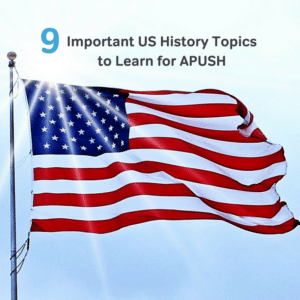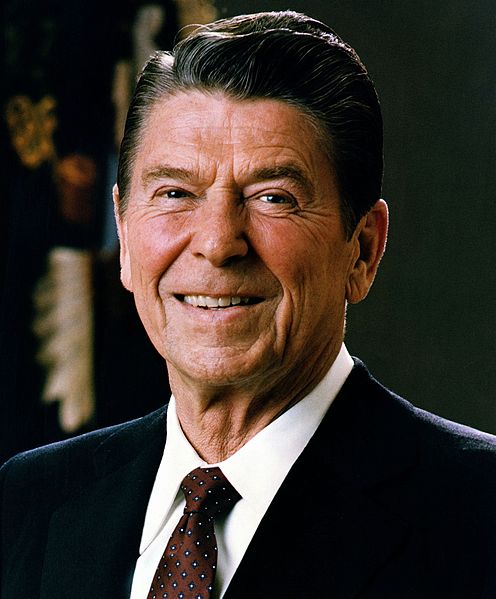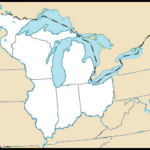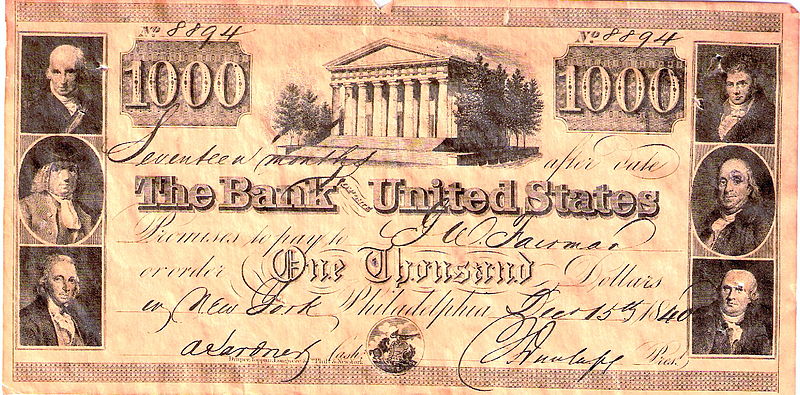
With so many US history topics covered in APUSH, it’s hard to know where to focus your studies. This guide is intended to give you a place to start. Here is one important US history topic from each of the 9 APUSH periods.
1. Europeans vs. Native Americans
Period 1 is all about early European exploration of the New World and the contact they made with Native Americans once they got there. You’ll want to be especially familiar with:
- the devastating effect that European diseases had on native populations
- how the Spanish used the encomienda system to oppress the natives for their own economic gain
- how the exchange of goods affected both North America and Europe (e.g., the introduction of horses to North America and the introduction of corn to Europe)
2. Characteristics of the 13 British Colonies
Period 2 narrows in on the British colonization of North America and gives us our first introduction to the thirteen colonies that would eventually become the United States. A key topic to understand in this period is the regional differences between the Southern, Middle Atlantic, and New England colonies. For a thorough overview of the regions (including a handy summary chart), check out this site from Humboldt State University.
3. Causes of the Revolutionary War
Period 3 centers on the causes, events, and aftermath of the American Revolution. You’ll want to focus especially on the causes, particularly the events from 1763 (the end of so-called salutary neglect) to 1776. Be sure you’re familiar with these important underlying themes:
- development of a separate American identity in the colonies
- influence of Enlightenment ideas (especially John Locke)
- conflict over virtual vs. direct representation
4. Westward Expansion
Period 4 covers 1800 to 1844. This is when America really starts to grow and try to find its place in the world. One key topic from this period is westward expansion. You’ll want to be familiar with:
- the philosophy of Manifest Destiny and its impact
- the various means by which the US expanded westward (e.g., purchase, war)
- how the US dealt with Native Americans as it encroached further onto their lands
- how the growth of transportation (especially railroads) and industry was both a cause and an effect of westward movement
5. Causes of the Civil War
Period 5 covers everything surrounding the Civil War. As you study, you’ll want to spend less time on the details of the “main event” (the war itself) and more time on the build-up to the war. Make sure you have a solid grasp of:
- differences between the North, South, and West and how each fought for their interests (sectionalism)
- the conflict over slavery (including defense of the “peculiar institution” vs. the rise of the abolitionist movement)
- the struggle over federal government representation (especially Senate seats) for slave states and free states, and how that played out in the western territories (e.g., Missouri Compromise, Compromise of 1850, Kansas-Nebraska Act, etc.)
6. Industrialization
Period 6 gives us the post-Reconstruction era, sometimes known as the Gilded Age. This was the age of the rise of big business. You’ll want to be familiar with:
- the growth of American industry, especially in steel, oil, and railways
- major players in the industrial world (especially the so-called “robber barons”)
- the role of immigrants in the labor force
- the downside of industrialization, including poor working conditions and unsanitary urban living environments
7. The Interwar Period
Period 7 contains both World War I and World War II, so it’s easy to get caught up in those huge events and forget about everything else. Here is your friendly reminder to focus on what was going on domestically during the period, especially in the interwar period. Here are some highlights of the 1920s and 1930s that you’ll want to remember as you study:
- industrial growth, prosperity, the rise of credit, a lack of regulation, and rampant consumerism in the Roaring 20s
- the Great Depression and efforts to remedy it (especially the New Deal)
- the struggle between isolation and international involvement
- immigration and the backlash against immigrants and minorities (e.g., rise of the KKK, Red Scare)
- continued racial tensions (e.g., segregation, disenfranchisement)
- women’s rights (suffrage achievement nationwide in 1920)
8. Social Movements
In period 8, the foreign policy focus is, of course, the Cold War. At home, however, the US was going through a LOT of changes in this period. Make sure you’re familiar with these social changes:
- Civil Rights Movement
- Women’s Rights Movement
- student-led protests against the government
- War on Poverty (Johnson’s Great Society)
- rise of suburbs and mass culture
9. The Post-Cold War World
Period 9 takes us from 1980 to the present. The 1980s and early 1990s saw the Cold War draw to a close and the world realign. Be sure to study globalization and the foreign policy shift to focus on the Middle East, especially in the “War on Terror” following September 11, 2001.





